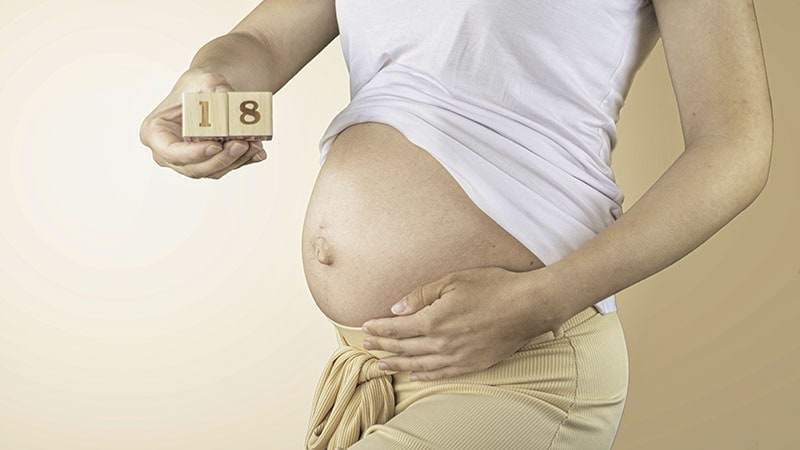The National Institute for Health and Care Excellence (NICE) has published draft clinical guideline on the diagnosis and management of subarachnoid haemorrhage (SAH) due to ruptured aneurysms. Here’s a summary of the key points.
Diagnosis
- Most people with SAH present with severe, sudden-onset thunderclap headache, but most people with thunderclap headache do not have SAH.
- Other symptoms and signs include:
- neck pain or stiffness,
- photophobia,
- vomiting,
- altered neurology (reduced consciousness, seizure or focal neurological deficit), and
- limited neck flexion.
- If SAH is suspected, refer for immediate investigations, even if classic signs are absent.
- Non-contrast head computed tomography (CT) is the first-line diagnostic investigation.
- If a CT head scan done ≤6 hours of symptom onset shows no evidence of SAH, do not routinely offer a lumbar puncture. Consider alternative diagnoses.
- If a CT head scan done >6 hours after symptom onset shows no evidence of SAH, consider a lumbar puncture.
- Allow ≥12 hours after symptom onset before doing a lumbar puncture. Diagnose SAH if there is evidence of elevated bilirubin (xanthochromia) on spectrophotometry. If xanthochromia is not present, consider other diagnoses.
- Offer CT head angiography to people with a confirmed diagnosis of SAH to identify the cause of bleeding and guide treatment.
- Diagnose aneurysmal SAH if the scan shows intracranial arterial aneurysm and the pattern of subarachnoid blood is compatible with aneurysm rupture.
- Seek specialist opinion from neurovascular team immediately if the angiography shows intracranial arterial aneurysm and the pattern of blood is not compatible with aneurysm rupture.
- If CT angiography does not identify the cause and aneurysm is still suspected, consider digital subtraction angiography (DSA) or magnetic resonance angiography (MRA) if DSA is contraindicated.
- Consider alternative diagnoses if DSA or MRA does not show an intracranial arterial aneurysm.
Managing confirmed aneurysmal SAH
- Consider enteral nimodipine. Only use intravenous (IV) nimodipine if enteral treatment is not suitable.
- Short-course (24-72 hours) tranexamic acid is an option if treatment to secure the aneurysm by endovascular coiling or neurosurgical clipping is suitable but cannot be carried out within 24 hours of hospital admission.
- Manage the risk of venous thromboembolism in line with NICE guidance on venous thromboembolism.
- For people who need IV fluids, refer to NICE guideline.
Managing the culprit aneurysm
- A neuroradiologist and a neurosurgeon should discuss the options, agree and document a treatment plan based on the following options:
- endovascular coiling,
- neurosurgical clipping, and
- medical management and monitoring.
- If interventional treatment to secure the aneurysm is an option, offer endovascular coiling or neurosurgical clipping if coiling is not suitable.
- If interventional treatment is planned, ensure it is carried out at the earliest opportunity to prevent rebleeding.
Managing non-culprit aneurysms
- A neuroradiologist and a neurosurgeon should discuss the options, agree and document a treatment plan based on endovascular coiling, neurosurgical clipping or conservative management and monitoring.
Monitoring
- Use transcranial doppler monitoring for deterioration.
- Do not use doppler to guide management.
- For unexplained neurological deterioration, perform a non-contrast head CT.
Hydrocephalus
- Base a diagnosis of hydrocephalus on the person's symptoms and signs and on a comparison of current and previous CT or other brain imaging.
- Consider cerebrospinal fluid (CSF) drainage or diversion for people with neurological deterioration caused by acute hydrocephalus.
- For people with persistent or progressive symptoms and chronic hydrocephalus, consider drainage or permanent diversion of CSF. If there is uncertainty about permanent diversion, consider a trial of temporary drainage.
Delayed cerebral ischaemia
- Ensure euvolaemia in people with delayed cerebral ischaemia and consider a vasopressor if symptoms persist.
Managing other conditions
- Manage blood pressure in line with NICE guideline on hypertension.
- Balance the risks and benefits of treatment with an antiplatelet or anticoagulant, taking into account specialist assessment of the risk of future haemorrhage.
- Do not withhold antiplatelets or anticoagulants solely if the culprit aneurysm has been secured by coiling or clipping.
- Assess, diagnose and manage headaches in people who have had an aneurysmal SAH in line with NICE guideline on headaches.
- Manage seizures in line with NICE guideline on epilepsies.
Follow-up
- Consider follow-up neuroimaging based on the type and outcome of neurointervention or neurosurgery on the initial aneurysm and the presence of non-ruptured aneurysms.
- Offer rehabilitation in line with NICE guidelines on stroke rehabilitation.
Testing relatives
- Routine testing of relatives has not been shown to save lives or prevent aneurysmal SAH.
- Testing relatives is based on an assessment of the relative's own risk.
- Testing is usually limited to people with ≥2 first-degree relatives who have had an aneurysmal SAH.
The draft guidance is open for public comment until 26 March 2021.
This article originally appeared on Univadis, part of the Medscape Professional Network.



